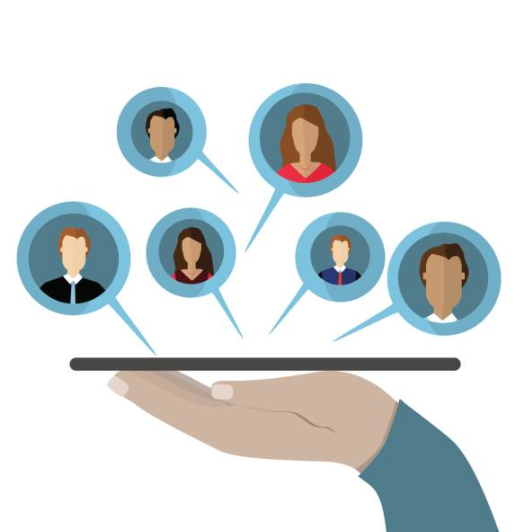Have You Tried This in Your Diversity Approach?

A diverse team is powerful. Integrating unique backgrounds at work paves the road to increased productivity and innovation. Unfortunately, diversity in the workplace is looked at through a narrow lens more often than not. Though incorporating different race and gender are essential to a flourishing team, there are other aspects to highly consider. For example, a mixed-age workplace. Five generations are present in the workforce today and collectively offer unparalleled insights and skills that contribute to success. However, companies shy away from allowing different ages to work together in worries that age may affect ability.
Potentially one of the most overlooked areas of diversity and inclusion is age. Only about 8% of CEO’s consider age to be part of their diversity and inclusion strategy. However, research proves that if a company brings together a team with varying age groups, they are bound to experience benefits that are quite surprising. For example, according to SHRM, age diversity within teams is positively related to performance when complex decision-making tasks surface. Productivity is also found to be higher in companies with mixed-age teams.
Let’s say someone is 65 with plenty of years of experience under their belt. They can still master networking on social media or quickly learn how to use CRM software. The same goes for someone who is 21 with little professional work experience. They are able to cultivate fresh ideas and perform exceptional leadership skills. The point is, age does not always define someone’s ability to execute company goals. However, merely having an age-diverse team is not enough; inclusivity must be present. Guarantee a space for each employee to feel respected and safe to be themselves. Loyalty begins when voices are heard and included in the long-term goals of a business. When practiced correctly, 85% of CEO’s in a PwC survey reported that business performance was enhanced when they incorporated a diversity and inclusiveness strategy into the workplace.
Mixed-aged employees introduce team members to a variety of experiences and perspectives that would never exist with carbon copies. Millennial and Gen Z employees bring a powerful understanding of new technology and progressive viewpoints while the generations before providing more traditional business skills who can be wise mentors. When all age groups work in harmony, they can divert a company from becoming stagnant by adapting quickly as change emerges. After all, age is only a number.
